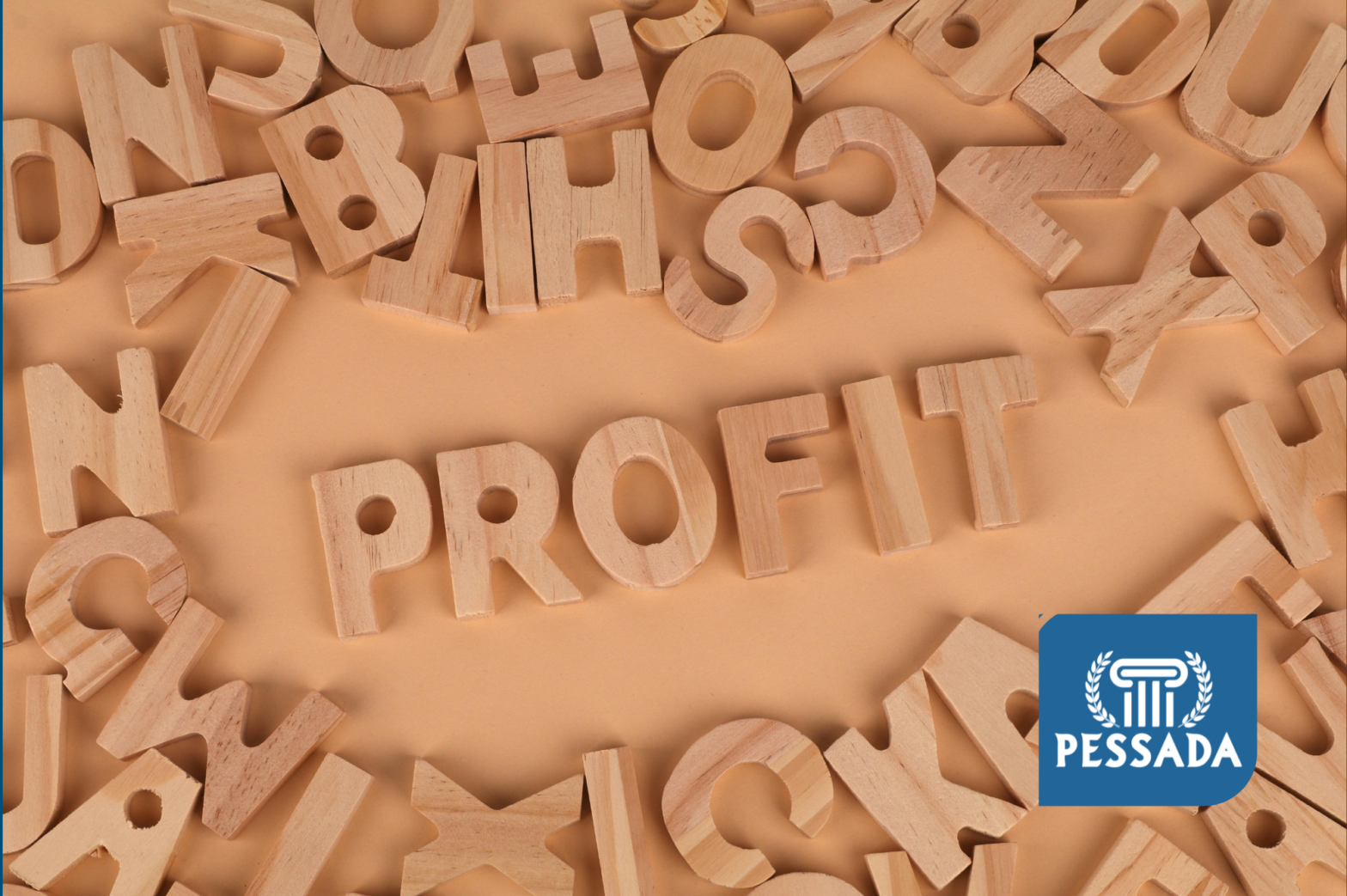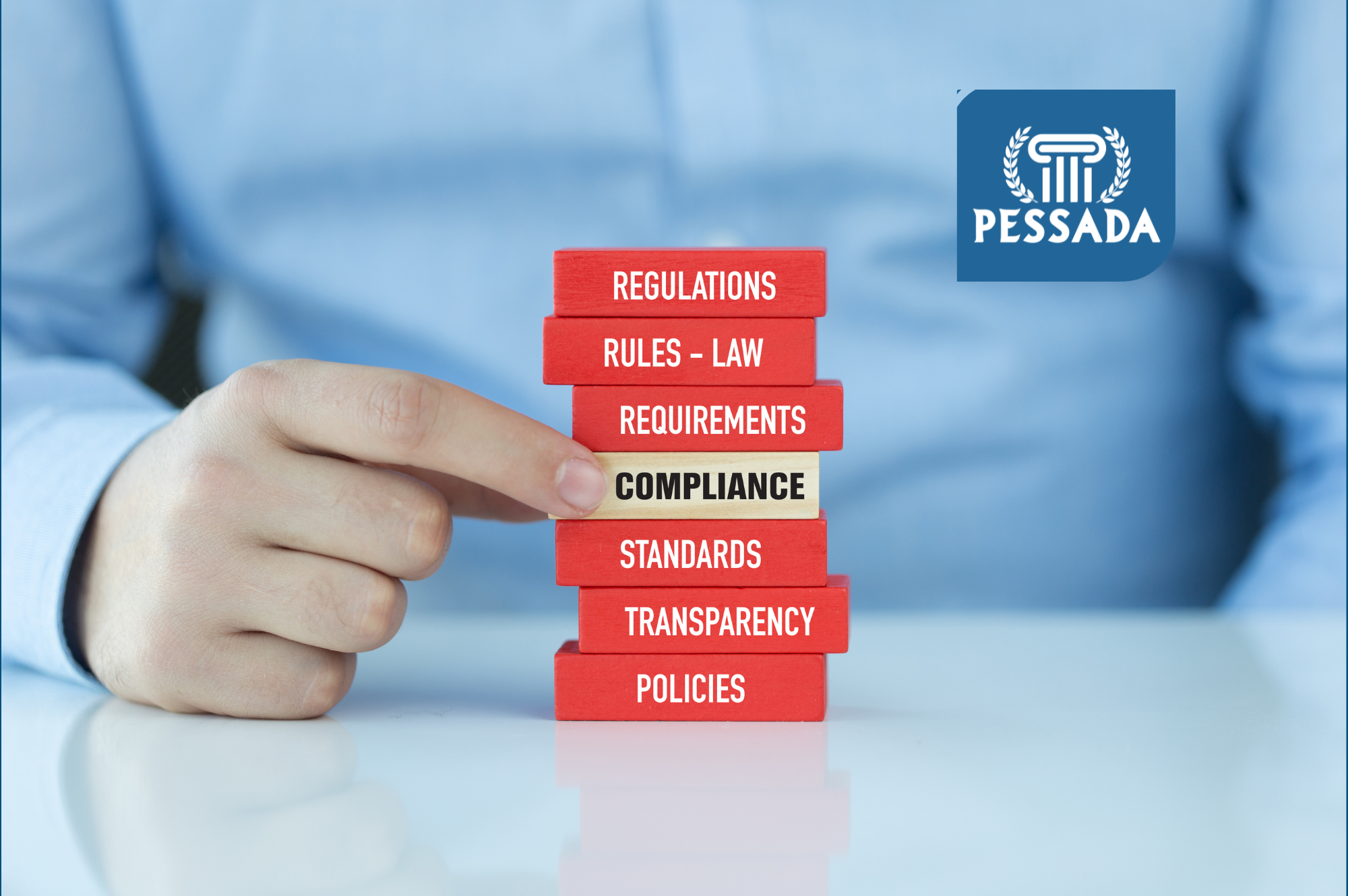Hidden Profit Centers: 7 Non-F&I Products Every Dealer Should Sell in 2025

Why Dealers Need to Look Beyond F&I
For decades, F&I products have been the lifeblood of dealership profitability. Extended warranties, GAP coverage, and other finance office add-ons have helped offset razor-thin margins on vehicle sales. But in 2025, the landscape has shifted. Competition from digital retailers, changing consumer preferences, and declining new vehicle margins mean dealerships must seek alternative profit sources.
Enter non-F&I products: items and services sold outside the finance office that drive dealer profit products and create sustainable dealership revenue streams. These hidden gems are often overlooked, yet they can deliver higher margins, boost customer retention, and differentiate your store from competitors.
1. Vehicle Accessories: The First Step to Boosting Margins
Dealership accessory sales are one of the most underutilized revenue opportunities. From floor mats, wheels, and bed liners to technology add-ons like remote starts or infotainment upgrades, accessories are products that increase dealership profits without requiring heavy capital investment.
-
According to NADA data, accessory penetration can add $500–$1,200 in gross profit per vehicle sold.
-
Customers often prefer purchasing accessories directly from the dealer because they trust OEM-quality parts.
-
Bundling accessories into the sales or service process increases acceptance rates dramatically.
2. Paint Protection & Ceramic Coatings
Protective coatings are not just upsells, they’re hidden profit centers. With a relatively low cost of goods and high consumer appeal, paint protection and ceramic coatings can drive thousands in incremental profit per month.
-
Consumers want to protect their investment, especially with rising vehicle prices.
-
These products often carry margins of 70% or more, making them one of the best products to sell in dealerships.
-
Offering packages (interior + exterior protection) can further increase penetration rates.
3. Window Tint & Protective Film
Window tint and paint protection film (PPF) are growing rapidly in popularity. They combine aesthetic appeal with functional benefits like UV protection, safety, and resale value retention.
-
Tint and PPF can be performed in-house or subcontracted to local specialists.
-
Margins remain high because customers value quality over cost when installed at the dealership.
-
This is a prime example of alternative dealership profit sources that extend beyond F&I.
4. Tire & Wheel Protection Plans
Tires and wheels are among the most vulnerable parts of any vehicle, and customers know it. Offering tire & wheel protection plans not only creates profit but also locks in future service visits.
-
A typical tire protection plan can yield $400–$800 gross profit per sale.
-
They’re especially appealing in markets with harsh weather or poor road conditions.
-
Pairing with alignment checks, rotations, and seasonal promotions ensures ongoing service revenue.
5. Key Replacement Coverage
With modern vehicle keys costing $400–$1,000 to replace, customers see tremendous value in key replacement products.
-
These are easy to explain, easy to sell, and carry extremely high margins.
-
They also reinforce the dealership’s role as the trusted source for vehicle protection solutions.
-
Offering them in both sales and service channels broadens penetration opportunities.
6. Prepaid Maintenance Packages
Prepaid maintenance programs not only drive dealership customer pay profit, they also guarantee customer retention. When a buyer pre-pays for oil changes, tire rotations, and inspections, they are far more likely to return to your service drive.
-
Studies show that customers with prepaid maintenance are 2.5x more likely to return for future repairs【Cox Automotive 2024 Service Report†source】.
-
This dramatically impacts fixed ops vs. variable ops profit, since fixed operations remain the backbone of dealership profitability.
-
Packages can be tailored for EV service needs, creating relevance for 2025 and beyond.
7. Ancillary Protection Products
Beyond the core items above, dealerships should consider expanding into ancillary products like:
-
Windshield protection
-
Dent repair (PDR)
-
Catalytic converter theft protection
Each of these represents non-F&I revenue opportunities in dealerships that solve real customer pain points while providing strong margins.
The Bigger Picture: Non-F&I Products as Dealership Profit Drivers
By 2025, dealer profitability strategies will hinge on creating multiple dealership revenue streams. Relying only on new car margins or traditional F&I is no longer sustainable. The hidden profit centers for car dealers lie in their ability to integrate products into both sales and service, while marketing them in ways that feel customer-first, not pushy.
-
Variable ops vs. fixed ops profit: Fixed operations consistently deliver 50%+ of dealership net profit, making non-F&I products essential【Automotive News 2024 Fixed Ops Study†source】.
-
Customer retention strategies: Non-F&I products strengthen the relationship between customer and dealer.
-
Competitive advantage: With online retailers competing for vehicle sales, service-driven revenue models help traditional dealerships thrive.
Marketing Strategies for Success
To maximize dealership profitability in 2025, non-F&I products must be positioned correctly.
-
Digital Menus in Service Drive: Transparency builds trust.
-
Bundle Offers: Package tire + key + maintenance for stronger appeal.
-
Training Programs: Advisors must understand value-based selling.
-
Email & SMS Campaigns: Timely reminders tied to service visits drive conversion.
-
SEO & Education Content: Linking articles like this one to your Education Center establishes authority and boosts visibility.
Unlocking Hidden Profits in 2025
Dealers who embrace non-F&I revenue opportunities will thrive in 2025. By expanding into accessories, protection products, and prepaid maintenance, stores can unlock hidden profit centers, increase dealership customer pay profit, and safeguard long-term success.
The future belongs to dealerships that see beyond the F&I office, and position themselves as customer-first profit leaders in both sales and service.
👉 Want to learn more about maximizing dealer profitability strategies? Speak with one of our agents or visit our Pessada Education Center for in-depth resources and guides.


